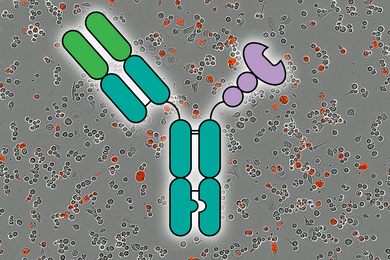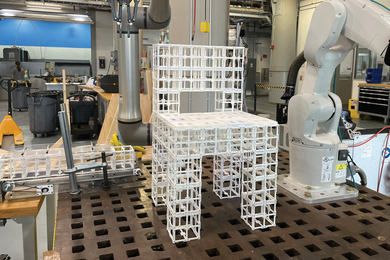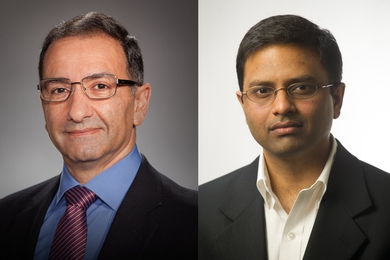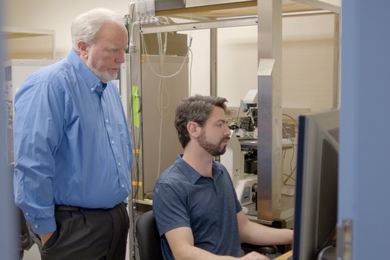Some think that throwing money at intractable problems will solve them quickly. Engineering and science pioneer George M. Whitesides said that approach won't work with energy.
Whitesides, the Woodford L. and Ann A. Flowers University Professor at Harvard University, spoke at an MIT energy colloquium, "Opportunities for Long-Term Research Relevant to Energy," on May 1.
Trying to overwhelm problems such as photosynthesis, designed catalysis and other potential cheap energy producers by spending a lot of money on them "just doesn't work when the science isn't there," he said.
"It's like proposing the World Wide Web 50 years ago, before the invention of the transistor," he said. "We are not going to solve these problems without learning more about the basic science behind them. The basic science can be transformational in the long term."
Energy is a problem that will "be with us for your lifetime," Whitesides told the students in the audience. The clean energy shortage is a very long-term, difficult problem that does not mesh with industry's desire for an "18-month solution," he said.
Is there any economic model that justifies long-term, non-product-related research such as understanding photosynthesis, the incredibly complex process through which plants turn light energy into chemical energy? Whitesides said that unraveling photosynthesis could take another 50 to 100 years with a relatively small but steady annual influx of funding.
The problem is that government and industry prefer to opt for short-term solutions. "Right now, the portfolio is way out of balance," he said. Smaller quantities of money doled out over longer periods of time would support the kind of long-term basic research needed to bring certain promising energy-related processes to fruition.
Whitesides described challenging materials science problems--oxygen electrodes, catalysis by design, transport of charge and excitation, chemistry of carbon dioxide, photosynthesis, complex systems, efficient use of energy and the chemistry of small molecules--that he and colleague George W. Crabtree of Argonne National Laboratory have written about in Science magazine.
All these problems revolve around fundamental processes taught in freshman chemistry, he said, yet they are not well understood.
An example of a complex system is the calculation of how much energy goes into the manufacture of solar cells and how much you get back. Do you come out ahead or behind? The systems analysis required to answer this question is so complicated, Whitesides predicted it will require new mathematics and new science to solve.
Whitesides encouraged the students in the audience to consider these problems, but he said he couldn't assure them there would be money available to study them.
"As a country we are saying we have three problems: living forever, dealing with what's actually changed the world--information--and energy and the environment. We're spending it entirely on living forever" in the form of biomedical research, he said. "I think it's a big mistake."
Whitesides, a member of the MIT faculty from 1963 to 1982, is a 1998 National Medal of Science winner renowned for bridging chemistry, biology, materials science and catalysis and using tools from those disparate fields to create novel solutions. His research group's work has influenced drug design, fuel cells, molecules that self-assemble into larger structures and mechanisms to fight infections by blocking bacteria and viruses from sticking to cells.
He joined the Harvard Department of Chemistry in 1982 and cofounded Cambridge, Mass.-based Genzyme around the same time. He has since cofounded several other biotechnology companies.






